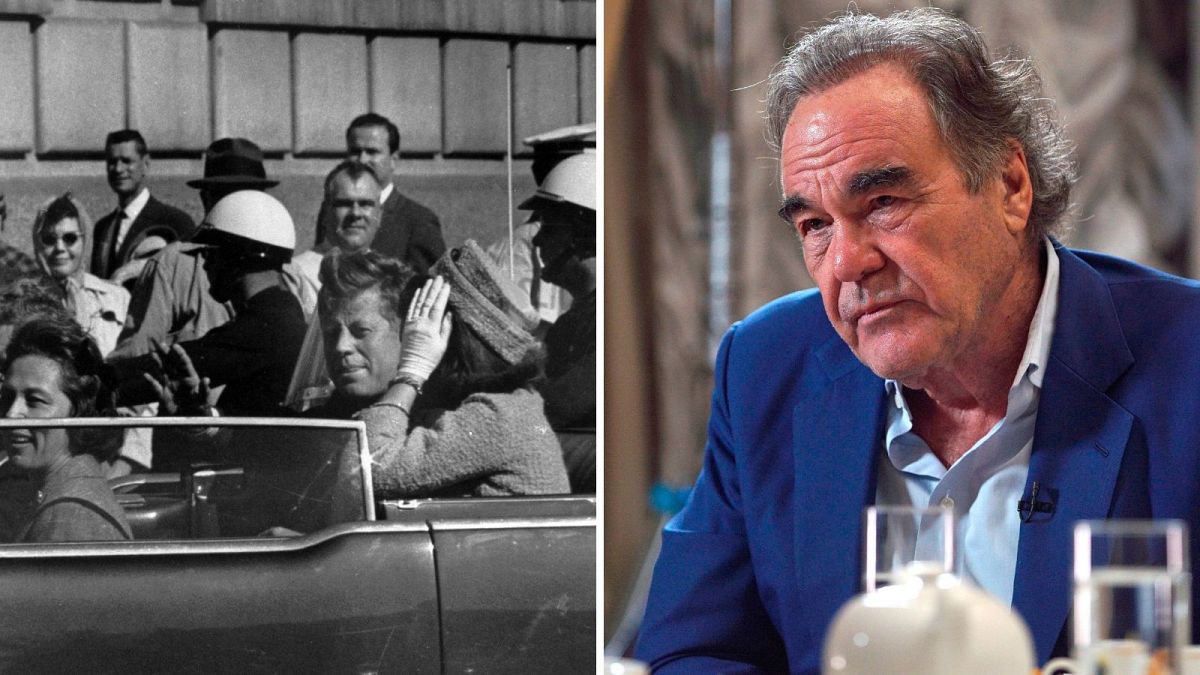Scientists have succeeded in reconstructing the face of Saint Teresa of Jesus, one of the most influential figures of Spanish Catholicism to mark the 510th anniversary of her birth. This innovative recreation offers an unprecedented view of what she may have looked like.
Saint Teresa of Avila continues to fascinate both the Catholic faithful and people from various walks of life. From fashion designer Manolo Blahnik to dictator Francisco Franco, who kept a relic of her hand on his desk, the Spanish saint's influence has endured through the centuries.
Revered throughout Spain,** her image has been immortalised in masterpieces such as "The Ecstasy" by the Italian sculptor Bernini and a portrait by Rubens or on this infamous wood carving by El Greco.
Scientific recreation of her face
The Order of the Discalced Carmelites, founded by Teresa herself in the 16th century, has unveiled a terracotta bust depicting the saint's face when she was about 50 years old, in her "full maturity" but well before her death at the age of 67 in 1582.
Father Miguel Angel Gonzalez, prior of the order in Alba de Tormes (Salamanca), where the saint's tomb is located, says this representation could be the most accurate ever created. According to the reconstruction, Teresa had "large, black, round eyes, with wide, arched eyebrows" and a "very attractive" face that "above all, conveys gentleness and peace".
Rigorous scientific methodology
The study that made this reconstruction possible was carried out at the Victorian Institute of Forensic Medicine in Australia. The Australian sculptor Jennifer Mann was in charge of creating the bust, harmoniously combining all available data sources:
- Anthropomorphic measurements
- X-ray images
- A pictorial portrait of the saint
- Historical descriptions, particularly of Mother Mary of St. Joseph
Mother Mary, a contemporary of Teresa, left a valuable testimony: "She was a saint of medium height. In her youth she was reputed to be very beautiful and even in her later years she appeared so. Her face was not ordinary, but extraordinary, and fortunately it cannot be said to be round or aquiline".
Historical exhibition of her remains, first time in 111 years
The Order's basilica in Alba de Tormes will soon experience another historic episode: the body of the Saint will be on display from 11 to 25 May, an event that has only happened before in 1582, 1760 and 1914.
Scientists have observed an "astonishing state of preservation" of her remains, determining that she measured 156.8 cm and suffered from various bone conditions. One of the most striking aspects was the "severe cervical and dorsal kyphosis, which caused his neck and trunk to lean forward", according to a report led by Italian medical anthropologist Luigi Capasso. "This conformation gave her a stooped appearance and forced her to adopt an uncomfortable supine position, with her head tilted downwards even when lying down," the report said.
The psychological explorations of Teresa, who famously wrote of her mortifications and spiritual ecstasies, have been compared by the British Hispanist Gerald Brenan to those of Montaigne. Somerset Maugham called The Life of Teresa of Jesus "one of the world's great autobiographies", and it is considered a key figure of the Spanish Golden Age.
Praised by Graham Greene for her writing, her works are still taught in literature classes in Spain. The 2023 film Teresa, directed by Paula Ortiz, portrays her as a contemporary icon, a subversive feminist at odds with the Inquisition.

 1 day ago
3
1 day ago
3






 We deliver critical software at unparalleled value and speed to help your business thrive
We deliver critical software at unparalleled value and speed to help your business thrive






 English (US) ·
English (US) ·